-
- PCB TYPE
- PRINTED CIRCUIT BOARD PROTOTYPE ALUMINUM PRINTED CIRCUIT BOARD R&F PCB FPC HIGH FREQUENCY PCB HIGH-TG PCB HEAVY COPPER PCB HDI PCB PCB FOR LIGHTING METAL CORE PCB
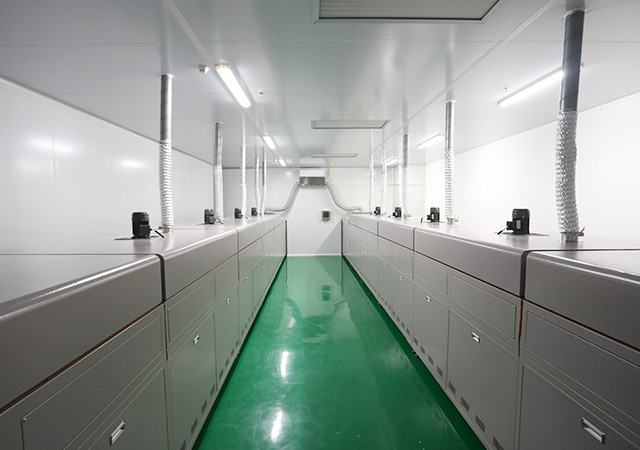
Find the perfect PCB manufacturer for your project by considering expertise, quality, and cost. Ensure success with a partner that meets your design and assembly needs.
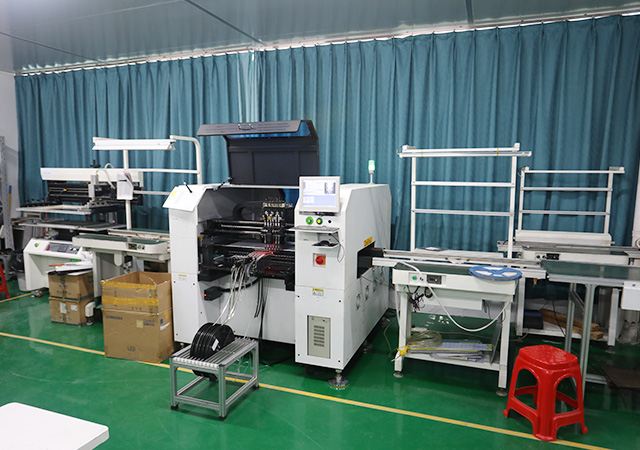
Explore HDI PCB manufacturing techniques and their significance in creating compact, high-performance devices. Discover key processes and benefits in modern electronics.
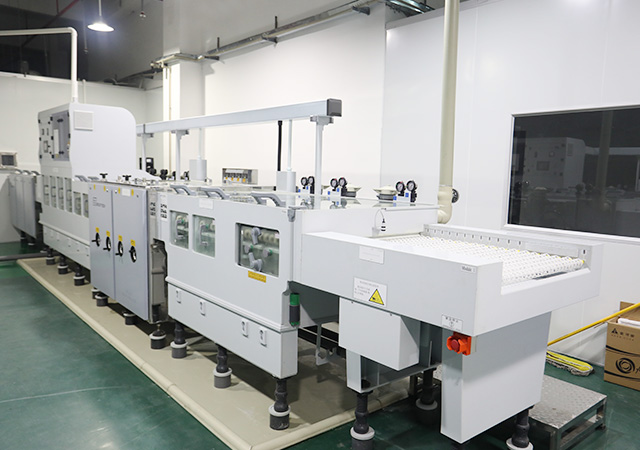
Discover the precision and efficiency of laser drilled HDI PCB production, crucial for creating compact, high-performance electronic devices.
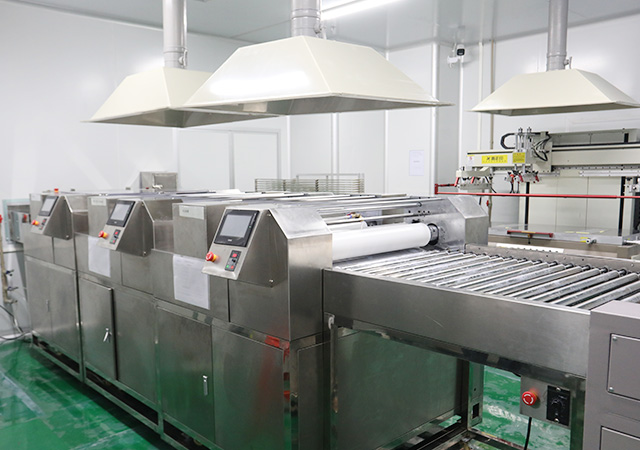
Discover the benefits and manufacturing process of Microvia HDI PCB manufacturing, a key technology for high-performance, compact electronic devices.
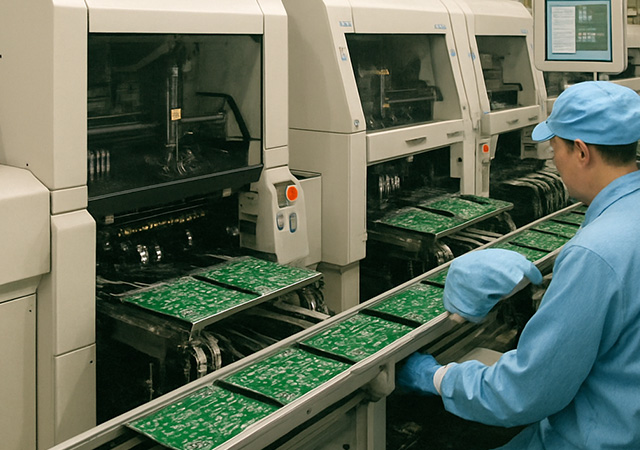
Choose a reliable PCB manufacturer with expertise in PCB design and assembly for quality and cost-effective solutions that meet your project needs.

Got project ready to assembly? Contact us: info@apollopcb.com



We're not around but we still want to hear from you! Leave us a note:

Leave Message to APOLLOPCB
